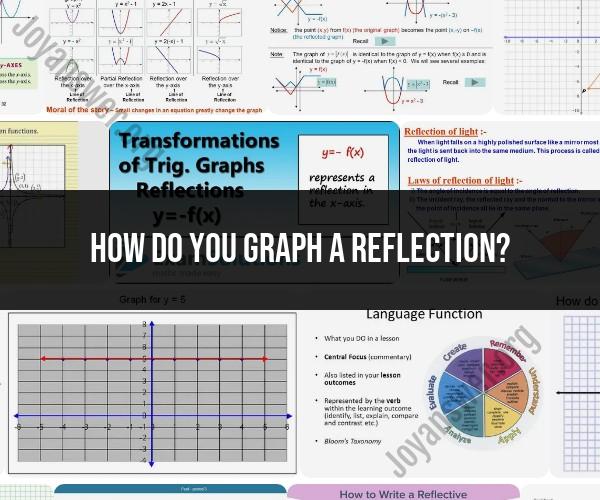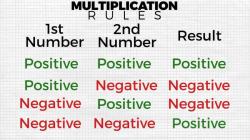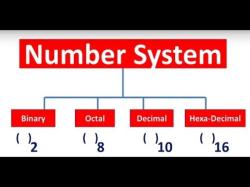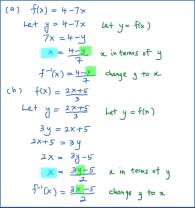How do you graph a reflection?
Graphing reflections involves visually representing the transformation of a shape across a line, known as the "mirror line" or "axis of reflection." Reflection is a type of transformation in geometry that produces a mirror image of the original shape. Here's a step-by-step visual exploration of graphing reflections:
Step 1: Choose the Shape and Mirror Line:Start by selecting a shape that you want to reflect. Common shapes include points, lines, triangles, quadrilaterals, and more. Then, choose a mirror line—a straight line that will serve as the axis of reflection.
Step 2: Draw the Original Shape:Draw the original shape on one side of the mirror line. This will be the pre-image.
Step 3: Mark Corresponding Points:Identify corresponding points on the original shape and their images on the other side of the mirror line. Corresponding points are equidistant from the mirror line and lie on the same line perpendicular to the mirror line.
Step 4: Draw the Reflected Shape:Connect the corresponding points on the other side of the mirror line to form the reflected shape. This new shape is the image of the original shape after reflection.
Step 5: Observe Characteristics:Observe the characteristics of the reflected shape. It will be congruent to the original shape, but flipped across the mirror line.
Example: Reflecting a Triangle Across the x-axis:Let's explore how to graph the reflection of a triangle across the x-axis:
Draw an equilateral triangle above the x-axis. Label its vertices as A, B, and C.
Choose the x-axis as the mirror line.
Identify corresponding points:
- Point A will have an image A' below the x-axis.
- Point B will have an image B' below the x-axis.
- Point C will have an image C' below the x-axis.
Connect A' to B', B' to C', and C' to A' to form the reflected triangle.
Observe that the reflected triangle is congruent to the original triangle, but it is flipped across the x-axis.
Graphing reflections is a fundamental concept in geometry that helps in understanding transformations of shapes. It's important to practice with different shapes and mirror lines to gain a solid grasp of this concept. You can also explore reflections across other lines, such as the y-axis or arbitrary lines.










